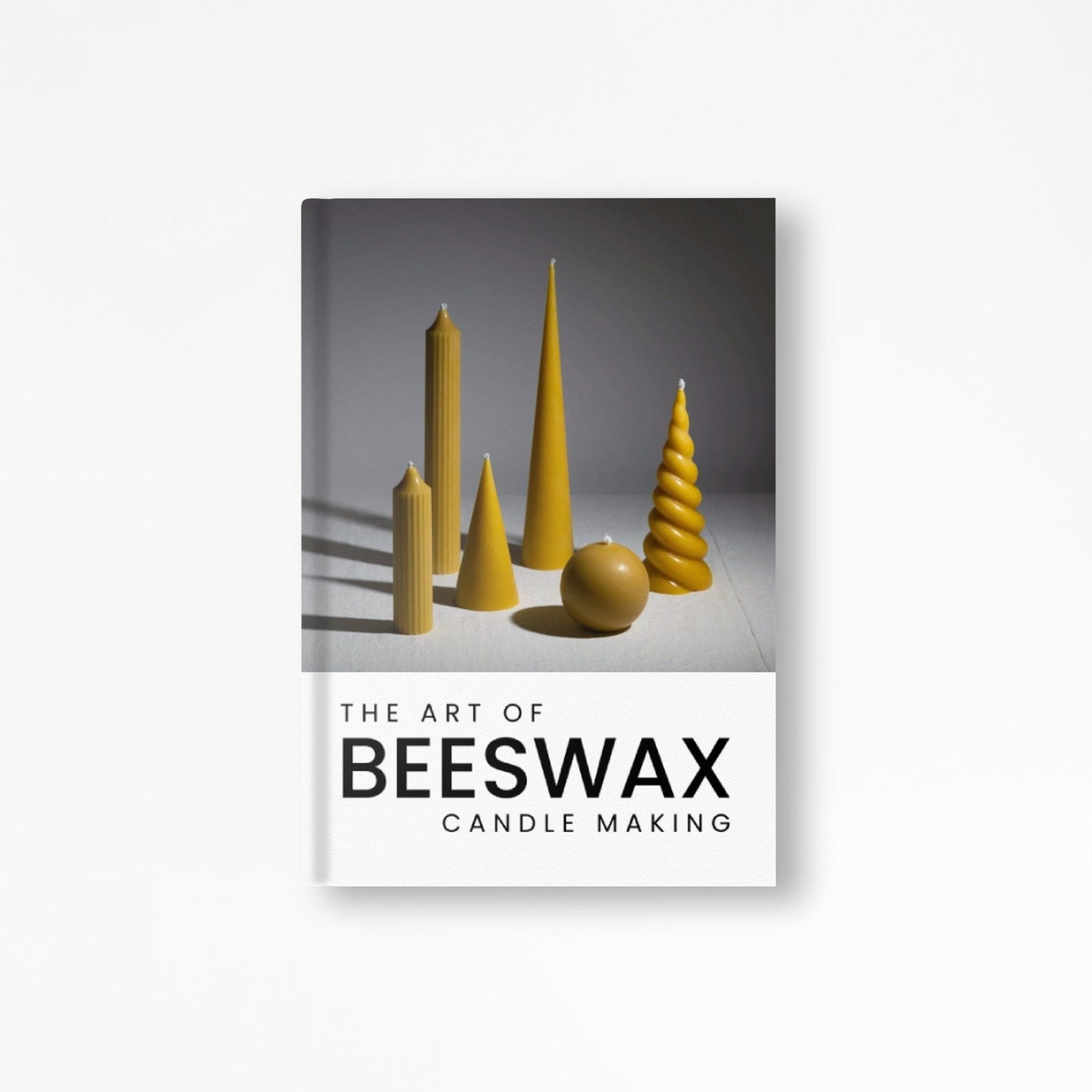
The Buzzing Muse: Bees in Art Throughout History
Share
Ancient Cave Paintings

The earliest depictions of bees in art can be found in ancient cave paintings dating back thousands of years. In caves such as those at Cuevas de la Araña in Spain and Bhimbetka in India, prehistoric artists immortalized scenes of honey gathering and beekeeping, offering glimpses into the symbiotic relationship between humans and bees in ancient societies. These ancient artworks serve as testaments to the enduring fascination with bees and their vital role in early human cultures.
Egyptian Hieroglyphs

In ancient Egypt, bees held sacred significance and were associated with royalty, fertility, and resurrection. Hieroglyphic inscriptions and tomb paintings depict bees buzzing around lotus blossoms, symbolizing the cycle of life, death, and rebirth. Bees were also revered as messengers of the gods and guardians of the afterlife, with honey playing a central role in religious rituals and offerings to the gods. The enduring presence of bees in Egyptian art reflects the profound reverence and awe with which they were regarded by ancient civilizations.
Renaissance Allegories

During the Renaissance, bees emerged as potent symbols of industry, order, and good governance in European art. Artists such as Albrecht Dürer and Pieter Bruegel the Elder incorporated bees into allegorical compositions, where they represented virtues such as diligence, cooperation, and social harmony. In Dürer's famous engraving "The Beehive" and Bruegel's painting "The Beekeepers," bees serve as allegorical figures embodying the ideals of Renaissance humanism and civic virtue.
Romantic Era Symbolism

Contemporary Interpretations

In contemporary art, bees continue to inspire artists to explore themes of ecology, sustainability, and the interconnectedness of all living beings. Installations such as Wolfgang Buttress's "The Hive" at Kew Gardens in London and Tomás Saraceno's "Aerocene" project integrate live bees and beehive structures into immersive experiences that invite viewers to contemplate humanity's relationship with the natural world. Through their innovative use of materials and technology, these artists harness the power of bees as agents of change and catalysts for ecological awareness in the 21st century.
